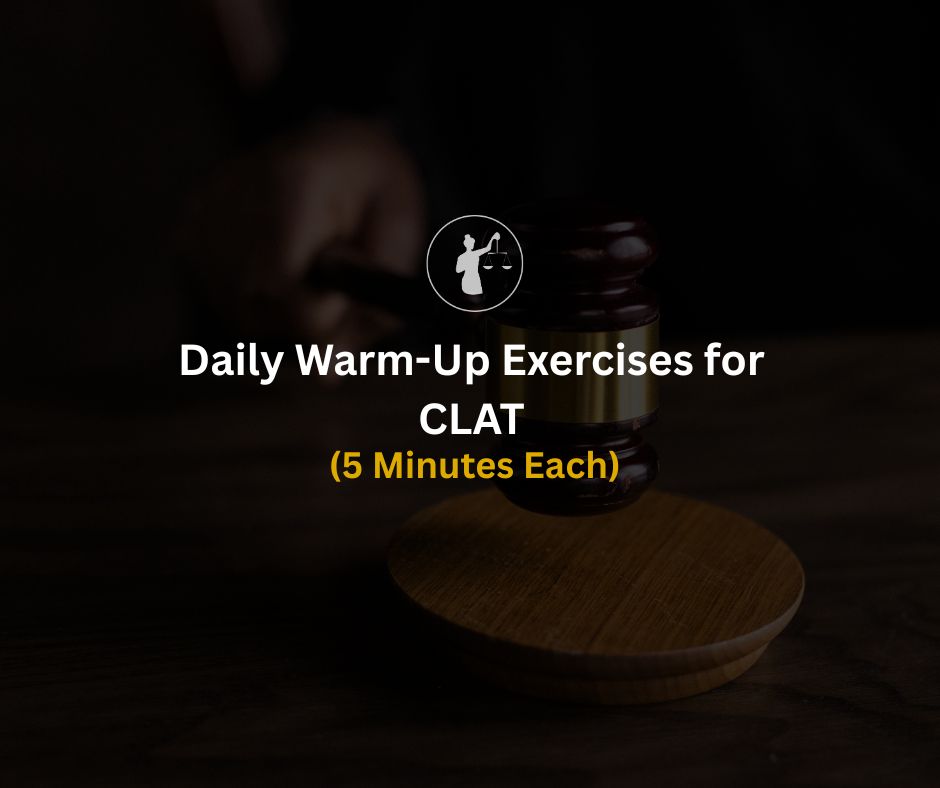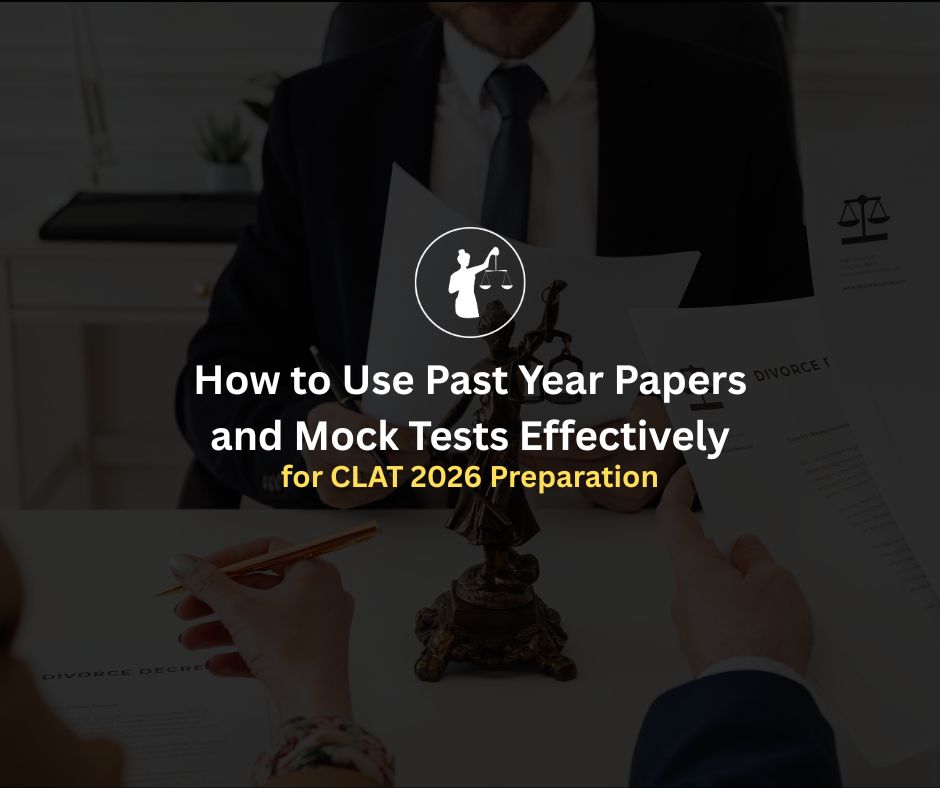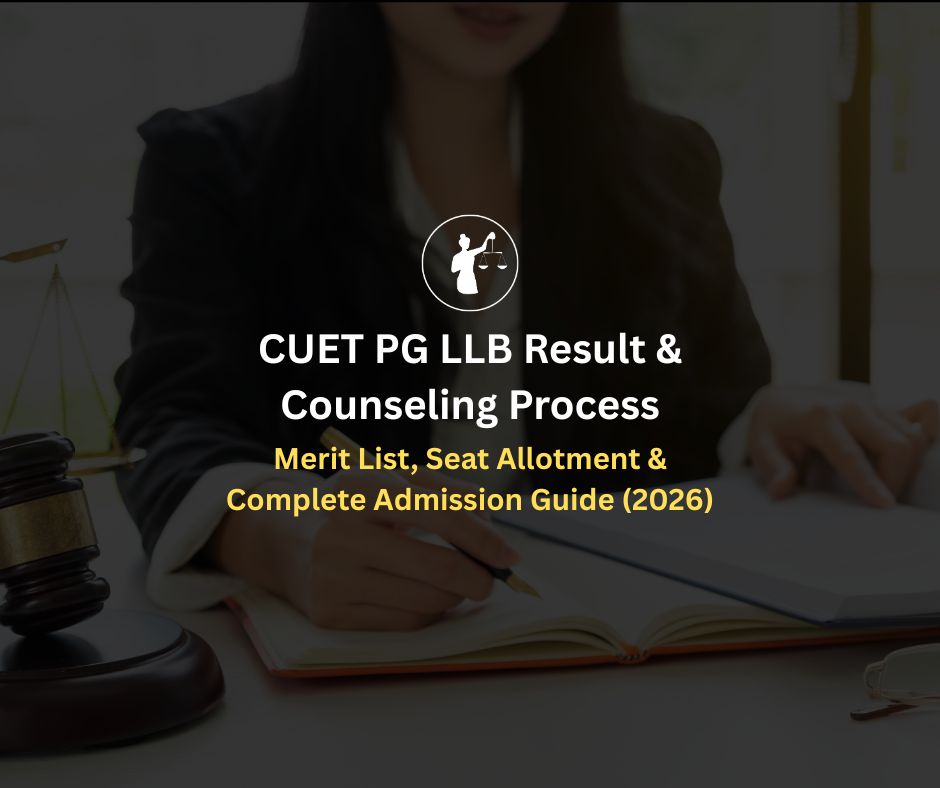
Summary:- Choosing the right books can transform your CLAT 2026 preparation from scattered to structured.
In this guide, we'll walk you through the best subject-wise resources, toppers' favourites, coach recommendations, and trusted classics, so you build clarity and confidence across every section.
Browsing through dozens of books can overload you with redundant content.
Smart selection ensures that your preparation remains focused, time-efficient, and aligned with the exam’s expectations.
Toppers and test-prep experts often emphasize strategy over sheer volume of study. With only limited time left, prioritizing quality resources creates clarity and results.
Word Power Made Easy by Norman Lewis :
Highly recommended for its root-based vocabulary learning. A solid foundation without rote memorization.
High School English Grammar and Composition by Wren & Martin :
Essential for brushing up on grammar rules and sentence structures.
Pearson’s English for Competitive Examinations :
A good fit for comprehension practice and timed reading sets.
Key strategy: Pair these resources with daily editorial reading to absorb vocabulary and tone organically.
Spend 10 minutes revising one passage daily in addition to the book exercises.
Manorama Yearbook :
Covers static GK and timelines concisely.
Lucent’s General Knowledge :
Packed with well-organized static GK sections that align well with CLAT question; types.
Monthly Current Affairs Compendiums from trusted publishers
e.g., media outlets or reliable annual capsules.
Daily readings from national dailies such as The Hindu or The Indian Express
enhance comprehension of legal and social developments.
Note: Instead of skimming diverse sources, select one reliable news weekly and one month-end GK ensemble to optimize retention and relevance.
Read More: CLAT 2026: 60-Day Smart Revision Plan for Success
Legal Reasoning by A.P. Bhardwaj :
Emphasizes concepts complemented by practice passages.
Universal’s CLAT Guide (Legal Section) :
Simulates the question structure of CLAT with clarity.
Bare Acts such as the Constitution, IPC, and Contracts :
Focus only on the most frequently tested sections.
Important Judgments That Transformed India :
Clarifies concept application through landmark verdicts.
Study tip: Master a principle using Bhardwaj, apply it via CLAT-style questions, and consult bare acts only
when unsure, this layered use builds speed and authority.
Analytical Reasoning by M.K. Pandey :
Deepens critical reasoning through structured explanations.
A Modern Approach to Logical Reasoning by R.S. Aggarwal :
Wide practice collection; focus on inference and assumption types.
Official CLAT Sample Papers :
Offer authentic reasoning patterns, essential for targeted practice.
Best use:
Use Pandey for theory, Aggarwal for targeted typing, and sample papers to consolidate exam-level styles and timing.
Quantitative Aptitude for Competitive Examinations by R.S. Aggarwal:
Covers every basic topic: percentages, ratios, averages, data suffice.
Fast Track Objective Arithmetic by Rajesh Verma:
Focuses on speed and short methods.
NCERT Math (Classes 9–10):
Use selectively to shore up shaky fundamentals.
Pro tip: Practice one set of CLAT-style math questions daily for 20 minutes for consistent growth.
Previous Year Solved Papers :
Familiarize yourself with recurring question constructs and formats.
CLAT Consortium’s Official Sample Papers:
The gold standard for matching exam tone and complexity.
Regular mock tests:
Complete at least 30 full-length mocks before D-day to identify strong and weak areas.
Remember: Analysis of errors is where improvement enters the picture.
Spend more time reviewing than attempting each mock.
1. Pick no more than one core book per section to avoid confusion.
2. Use a cycle: learn the concept, apply via practice, log errors, revise.
3. Track your progress: Weekly accuracy charts, section-by-section time logs, and error patterns.
4. Blend reading and practice: Isolate strength areas to maintain confidence.
5. Adapt as the exam approaches: Focus only on revision and mock accuracy as December nears.
Read More : How to Create a Daily Routine for CLAT 2026 Preparation
At NLTI, our preparation programs align with these book recommendations. Here’s what we deliver:
Curated weekly study plans based on tested books and latest trends.
Mentor-led error log sessions to resolve conceptual gaps efficiently.
Tailored mock and sectional drills to match your pace and needs.
Structured GK updates and reasoning drills developed from these resources.
With the right book choices and NLTI’s strategic support, your preparation for CLAT 2026 becomes smarter, not just harder.
The best books for CLAT 2026 are not meant to be read cover-to-cover like school textbooks. They should be used with a strategy:
For English and RC:
Don’t just read passages. Practice under a stopwatch. Your target should be solving one dense editorial or RC passage in 6–7 minutes with 90% accuracy. Books like RC practice sets are effective only if you log your mistakes after every attempt.
For Current Affairs:
Instead of piling up multiple GK sources, stick to one reliable compendium.
Revise monthly capsules at least three times before the exam.
Most toppers report that their accuracy comes from repeated revisions, not from reading “new” material every day.
For Legal Reasoning:
Focus on principle–fact questions. Aim to solve at least 20–25 questions daily and track the time it takes to spot the correct principle application. Books are useful, but the key is simulating the actual exam’s pressure.
For Logical Reasoning:
Don’t attempt all question types equally. Identify which 3–4 types of reasoning questions you consistently get wrong and drill only those with book exercises.
This selective focus often yields a higher jump in marks than practicing everything blindly.
For Quantitative Techniques:
The book you pick should not overwhelm you. Limit yourself to 10–15 minutes of quant practice per day.
The exam rarely has more than 10–12 questions in this section, so efficiency matters more than depth.
If you treat these books as tools for measurable practice rather than trophies on your desk, you will see results.
CLAT 2026 won’t reward who has read the most books, it will reward who has mastered the right ones with precision.
Read More : CLAT 2026 Doubt Clearing: Build Strong Conceptual Clarity for Every Section
1. Can I crack CLAT 2026 by preparing with NCERT books alone?
NCERTs are excellent for brushing up the basics in Maths and some parts of Static GK, but they are not enough for the exam. You will need specialized books for Legal Reasoning, Logical Reasoning, and Reading Comprehension to match CLAT’s difficulty level.
2. How many books should I ideally use per subject for CLAT prep?
Limit yourself to one core book and one practice resource per subject. Using too many books can create confusion and leave you with no time for revisions or mocks.
3. Are digital resources better than physical books for CLAT preparation?
Both can work. Physical books are good for structured study, while e-books and online resources are better for current affairs and mock tests that need frequent updates. The best approach is a mix of both.
4. Should I buy new editions of CLAT books every year?
For subjects like Legal Reasoning and Logical Reasoning, older editions work fine. But for Current Affairs and GK, always use the latest editions to ensure updated information.
5. Do I need separate books for CLAT if I already prepare for boards?
Yes. Board exam books test knowledge and descriptive writing, while CLAT is an objective, time-bound exam. The focus is on comprehension, application, and speed, which requires different resources.
6. Are CLAT past year papers considered better than books?
Past year papers are not a replacement but a complement to books. Books help you learn concepts, while past papers show you how those concepts are tested in the actual exam.
7. Can I skip Quantitative Techniques books since they have fewer questions?
No. Even though Quant has only 10–12 questions, those marks can be decisive. A thin book or NCERT basics with practice sets is enough, but skipping Quant altogether reduces your scoring edge.
8. How do I choose between two popular books for the same subject?
Compare based on clarity, practice questions, and alignment with CLAT-style passages. Check sample chapters if possible and stick to the one that feels more exam-oriented, not just content-heavy.
9. Is it worth investing in separate vocabulary books for English?
Yes, but selectively. A book like Word Power Made Easy builds long-term vocabulary. Beyond that, rely on daily editorial reading, since CLAT tests contextual word usage more than standalone definitions.
10. When should I stop buying new books for CLAT 2026 preparation?
Ideally, finalize your booklist by July–August 2025. After that, adding more books will cut into your revision and mock practice time. Stick to your chosen set and focus on mastering them.





